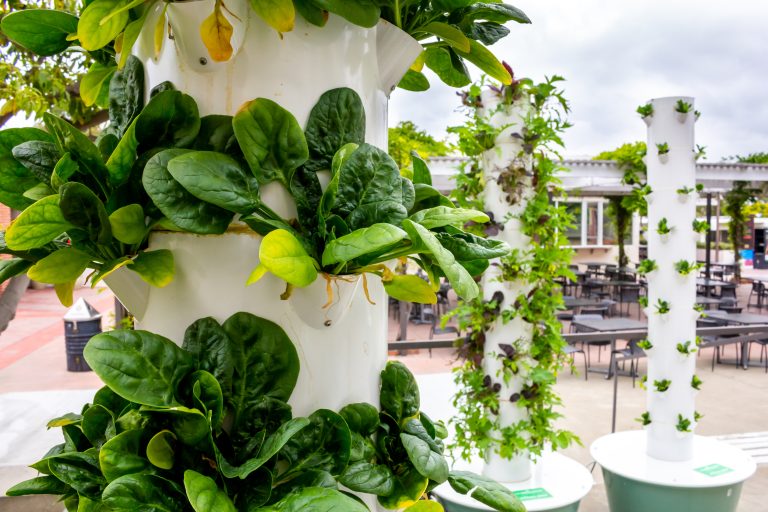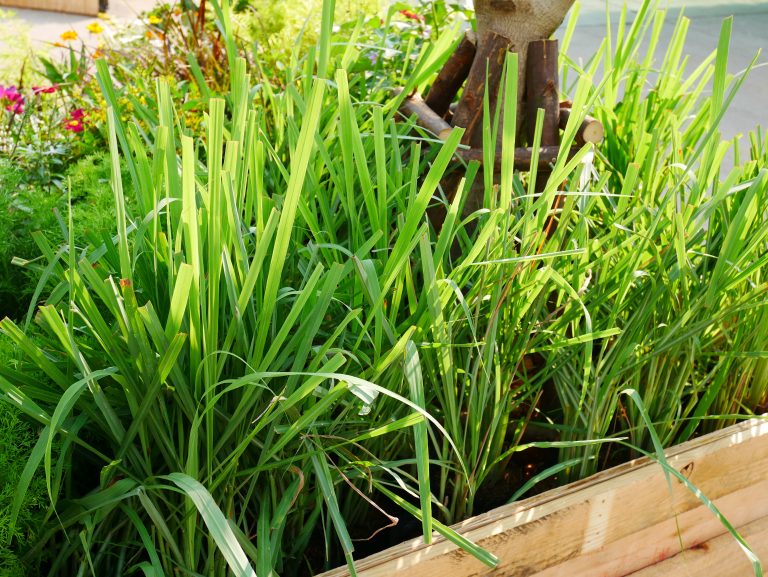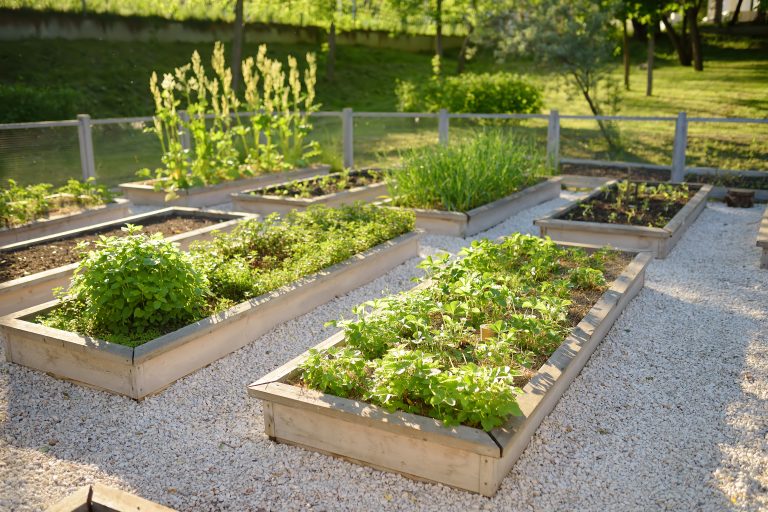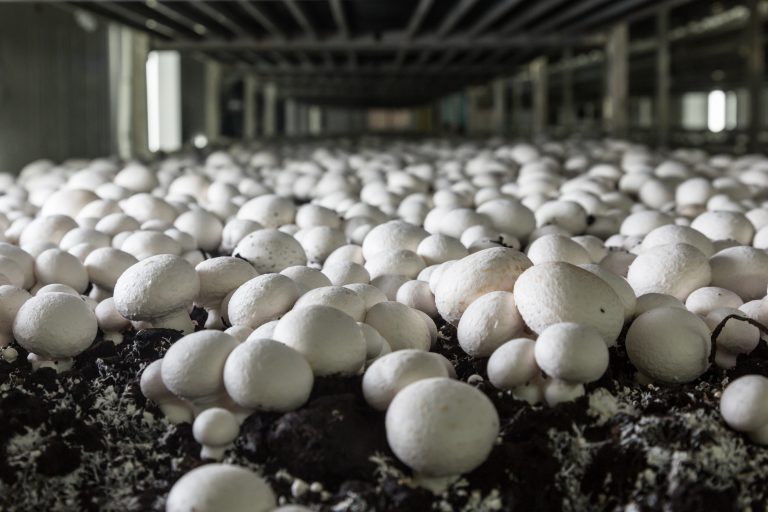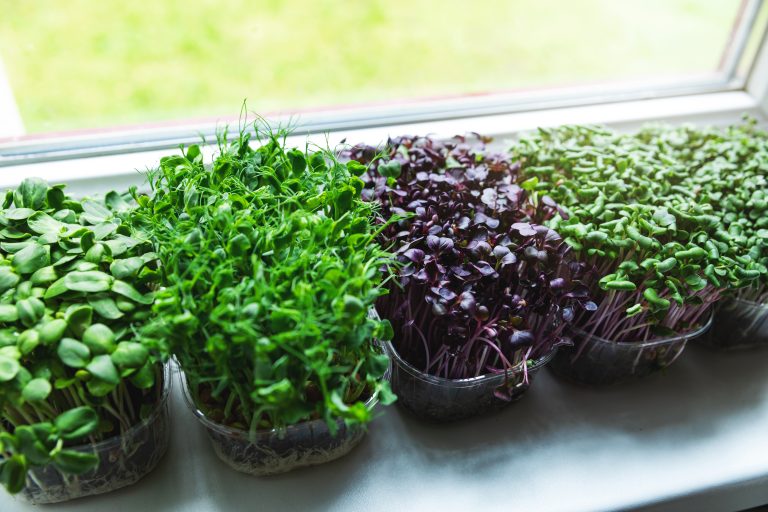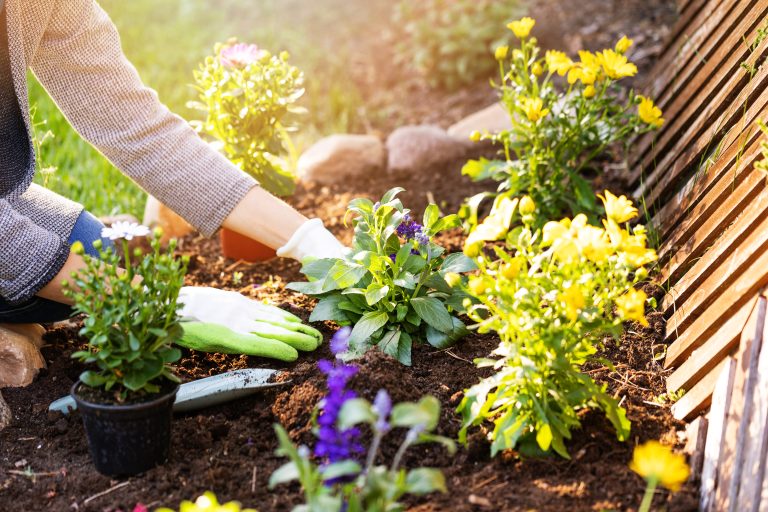7 Space-Saving Hydroponics Systems for Urban Gardeners
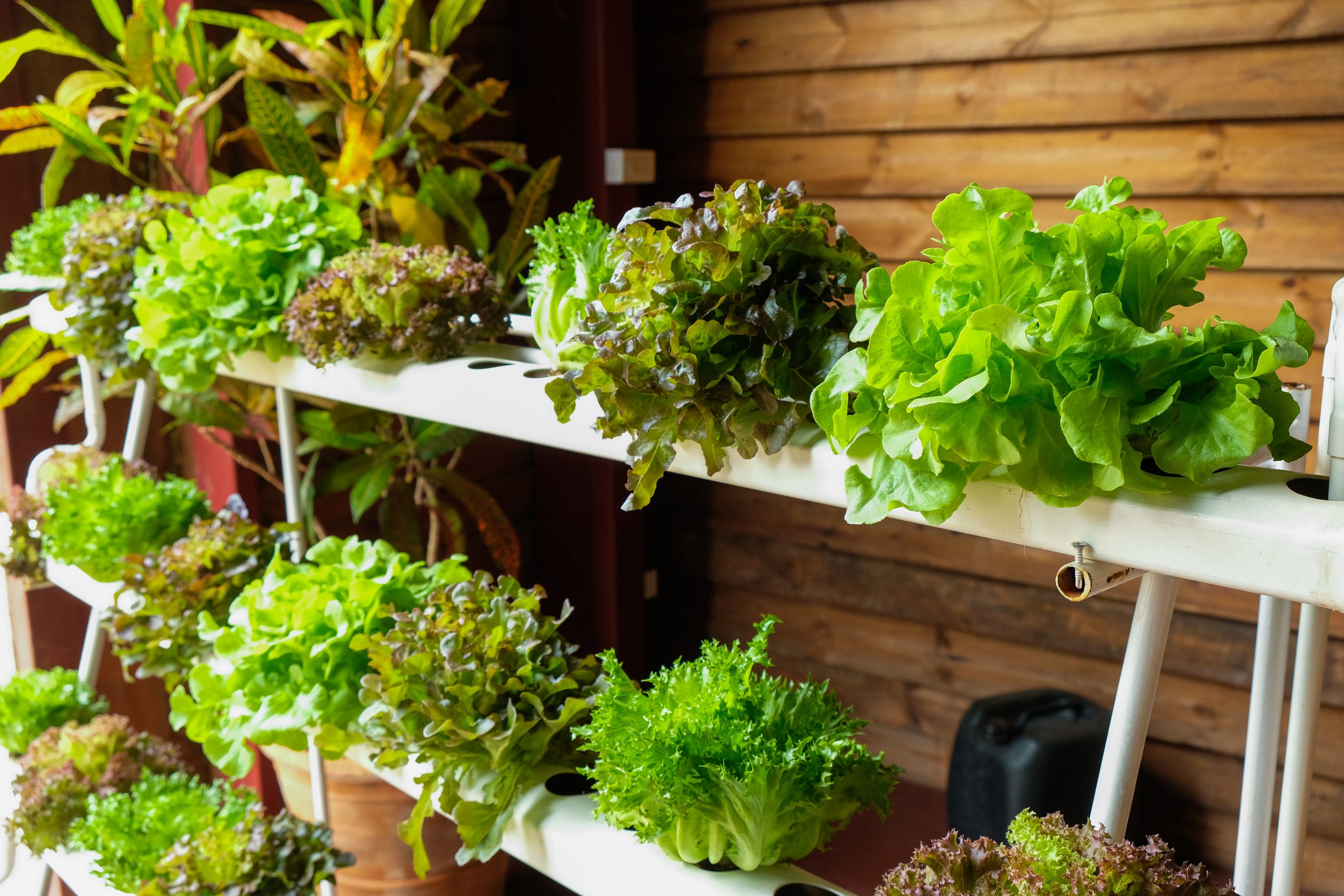
Urban gardening can revolutionize the way we think about food production in the concrete jungle. Hydroponics, an innovative method of growing plants without soil, offers a fantastic solution for space-starved city dwellers craving greenery and homegrown produce.
Urban hydroponics, a soil-less method using water and nutrients, revitalizes city living. Turn your limited space into a year-round mini-farm for herbs, veggies, and fruits. Hydroponics excels in efficiency—fast plant growth and higher yields with less water, a game-changer for city dwellers.
Its versatility allows for vertical, horizontal, and wall gardening, maximizing every nook. As an urban gardener, I’m thrilled by hydroponics, turning small balconies into vibrant oases. Dive in, and watching your garden thrive against the urban backdrop becomes addictive.
1. Vertical Tower Gardens
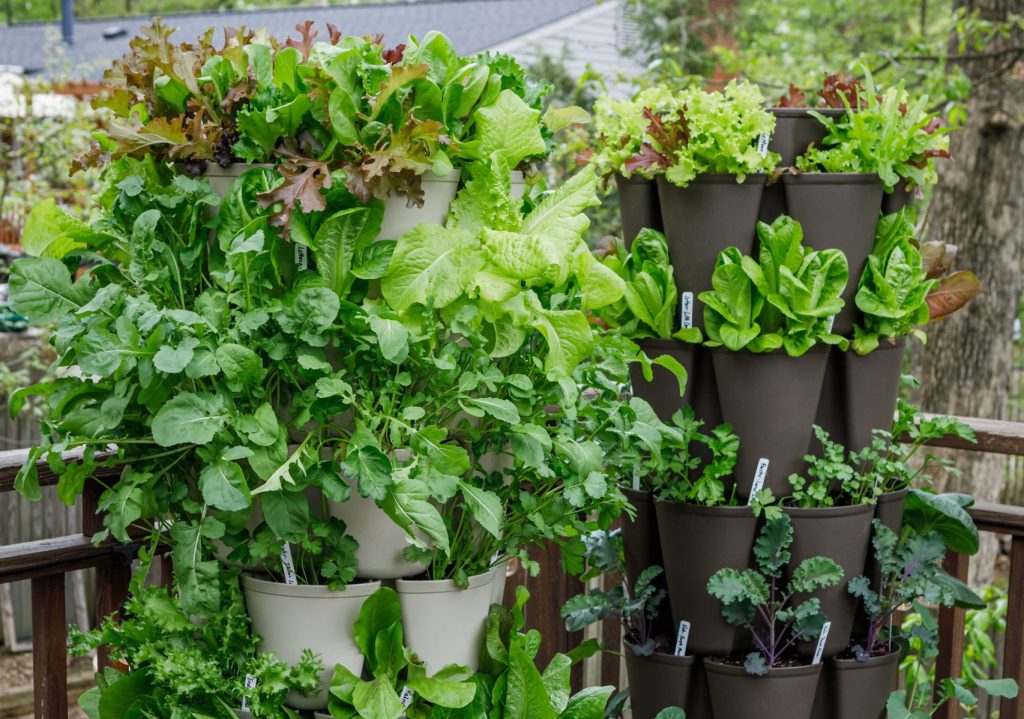
Vertical Tower Gardens are the skyscrapers of the plant world, soaring upwards and saving precious floor space. These systems use a vertical support structure where plants are inserted into pockets or pots, with nutrient-rich water cascading down from the top like a gentle, life-giving waterfall. They’re perfect for growing leafy greens, herbs, and small fruits.
Hey hey! Don’t forget to subscribe to get our best content 🙂
Imagine turning a corner of your living room into a green column of life or greeting guests with a tower of basil and strawberries in your entryway. Vertical Tower Gardens aren’t just functional; they’re conversation pieces that bring a bit of nature’s magic indoors.
I’ve seen tiny balconies transformed into bountiful gardens with these towers. They’re a testament to the ingenuity of urban gardeners who won’t let a little thing like square footage limit their green thumbs. If you’re short on space but big on ambition, a Vertical Tower Garden might just be your new best friend.
2. Window Farming Innovations
Window Farming Innovations are the epitome of urban gardening chic. They turn your windows into cascades of greenery, utilizing the natural light that filters through the glass. These systems typically involve a series of bottles or containers suspended in front of the window, with a small pump circulating nutrients and water.
It’s like having a living curtain that not only beautifies your space but also provides fresh produce. Imagine sipping your morning coffee while plucking a fresh cherry tomato from your window farm—now that’s what I call a room with a view!
I once helped a friend set up a window farm in her tiny studio apartment. She thought her gardening days were over until she saw her herbs and greens thriving right there in her south-facing window. It’s amazing how a little bit of innovation can turn the limitations of urban living into new opportunities for growth.
3. Rail and Gutter Systems
Rail and Gutter Systems are the unsung heroes of the hydroponic world. They’re sleek, low-profile setups that can be mounted against walls or hung from ceilings, with plants growing in channels where nutrient-rich water flows continuously. They’re a fantastic choice for growing a variety of plants, especially those with a smaller root system.
You can run these systems along the edges of your balcony or even under kitchen cabinets. It’s like adding a secret garden to the underutilized spaces of your home. Plus, they’re relatively easy to DIY, which means you can customize them to fit your space perfectly.
When I first experimented with a rail system, I was astounded by the efficiency. My leafy greens were growing like they were on a mission, and I barely had to lift a finger. It’s a hands-off, high-reward system that’s perfect for the busy urbanite.
In the video, Hoocho explains –
- The rain gutter grow system comprises only three main materials: a float valve, a gutter, and wicks for supplying water and nutrients to plants.
- The system aims to provide a simple, effective, and affordable way for individuals to grow their own food at home.
- Materials needed for the project include wicks, a float valve, and a PVC downpipe, with variations available in different regions.
- Tools required for the project include clamps, pieces of wood, a heat gun, a drill, and a cutting implement like an angle grinder or jigsaw.
- The video demonstrates how to seal the ends of the rain gutter without using traditional end caps, utilizing heat to mold and fold the plastic securely.
- The creator introduces the concept of “grow spikes,” which are designed to wick water up into bags or pots placed over them, providing a DIY alternative to 3D printed versions.
- The process involves drilling holes in the gutter pipe and heating and bending the plastic to create functional grow spikes.
- The video recommends using omaric, a superior wicking material, over cotton sash for optimal performance.
- Setup involves connecting the gutter system to a garden hose, which supplies water from a reservoir of hydroponic nutrient.
- The creator emphasizes the simplicity and effectiveness of the system, which represents years of development and experimentation in hydroponic gardening.
4. Compact Dutch Bucket Method
The Compact Dutch Bucket Method is a hydroponic heavyweight, offering flexibility and scalability. In this system, plants are grown in individual buckets filled with a growing medium, and a drip irrigation system delivers the nutrient solution directly to the plant roots. It’s ideal for larger fruiting plants like tomatoes, cucumbers, and peppers.
Despite its name, the Dutch Bucket system can be sized down to fit even modest urban spaces. You can line up a few buckets on a balcony or arrange them in a small outdoor area. It’s a bit more involved than other methods, but the payoff is substantial.
I remember my first successful Dutch Bucket harvest; it felt like I’d won the urban gardening lottery. There’s nothing quite like the taste of a cucumber that’s gone from bucket to plate in a matter of minutes. It’s fresh food at its finest, and it’s incredibly satisfying.
5. DIY Mason Jar Kratky Method
The DIY Mason Jar Kratky Method is the darling of the hydroponic community for its simplicity and charm. It’s a passive hydroponic system that doesn’t require electricity or pumps. You just fill a mason jar with nutrient solution, suspend the plant’s roots in the liquid, and let nature do the rest.
This method is perfect for herbs and small leafy plants, and it can turn your kitchen shelf into a mini herb garden. Plus, there’s something undeniably cute about seeing a plant growing out of a mason jar—it’s like country meets urban in the best possible way.
I’ve got a row of Kratky mason jars on my windowsill, and they never fail to make me smile. It’s the ultimate set-and-forget system, ideal for those who love the idea of gardening but have a habit of forgetting to water their plants (guilty as charged).
6. Hydroponic Wall Planters
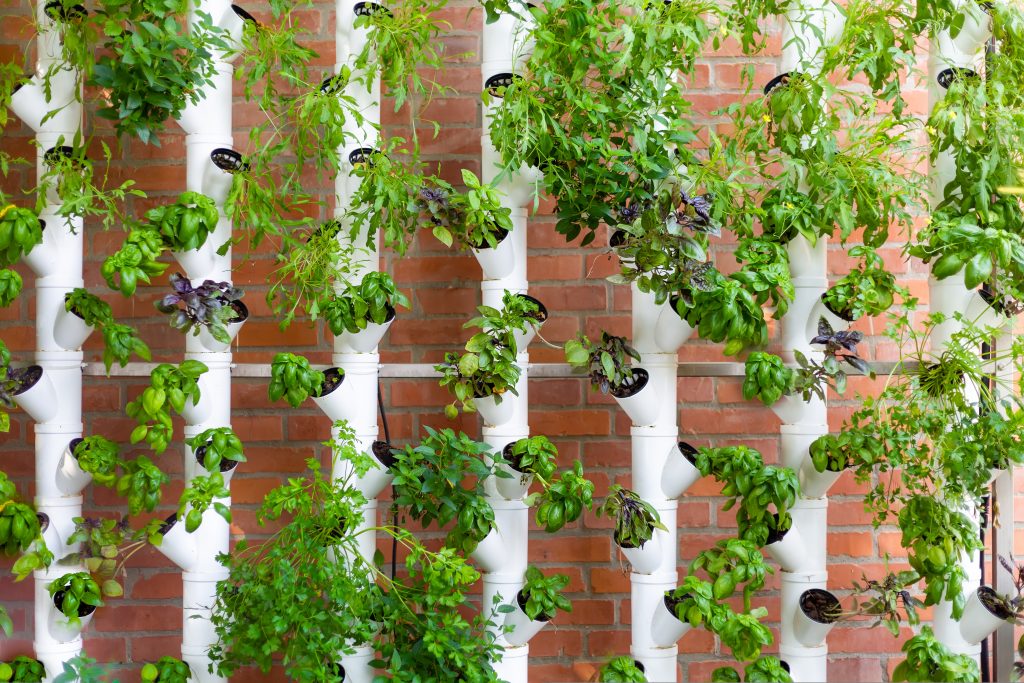
Hydroponic Wall Planters are the Van Goghs of the hydroponic world—they turn your walls into vertical canvases of greenery. These systems can range from simple pocket planters to sophisticated panels with built-in irrigation. They’re perfect for creating a living art piece that also happens to grow food.
You can customize your hydroponic wall to fit your aesthetic, whether that’s a lush, tropical vibe or a more minimalist, succulent look. It’s a space-saver, a conversation starter, and a way to bring some plant-based zen into your urban abode.
My hydroponic wall is my pride and joy. It’s not just a garden; it’s a statement that says, “Yes, I live in the city, but I’ve also got this green sanctuary that nourishes my soul (and my stomach).” It’s a small piece of the great outdoors, indoors.
7. Modular Hydroponic Kits
Modular Hydroponic Kits are the Lego sets of the gardening world. They’re designed for easy assembly and can be configured in countless ways to fit your space and your needs. These kits usually come with everything you need to get started, making them a great option for beginners.
Whether you’re looking to grow a single type of plant or a diverse garden, these kits can accommodate you. They’re also a breeze to expand, so as your confidence in hydroponic gardening grows, can your garden.
I’ve played around with various modular kits, and I can’t get over how user-friendly they are. It’s like having a customizable garden that grows with you—literally. And the best part? You can often mix and match components from different systems to create your perfect setup.
Caring for Your Hydroponic System
Caring for Your Hydroponic System is like nurturing a pet—it requires attention, but the rewards are immense. Monitoring nutrient levels and pH balance is crucial, but it’s not rocket science. A simple testing kit can keep you on track, and there are plenty of resources to help you troubleshoot any issues.
Regular cleaning is also important to prevent algae growth and to ensure your system operates efficiently. It might sound like a chore, but when you’re harvesting your greens in the dead of winter, you’ll know it’s worth it.
I’ve spent many a peaceful hour tending to my hydroponic garden, and it’s become a form of meditation for me. There’s something about the ritual of checking the systems and caring for the plants that’s incredibly grounding—no pun intended.
Maximizing Yield in Small Spaces
Maximizing Yield in Small Spaces is all about getting creative and making every inch count. Use trellises for climbing plants, prune aggressively to promote bushier growth, and choose high-yield varieties that are known to do well in hydroponic systems.
Rotate your crops to keep the garden productive and experiment with lighting to give your plants the boost they need. Remember, in a small space, vertical is vital—think up, not out.
I’ve seen urban gardeners work miracles in tiny spaces. With a bit of ingenuity and a willingness to experiment, you can harvest a surprising amount of food. It’s all about optimizing what you have and enjoying the fruits (and veggies) of your labor.
Urban hydroponics is a testament to human innovation and our desire to connect with nature, even in the most unlikely places. With these space-saving systems, city dwellers can enjoy the satisfaction of gardening and the taste of homegrown produce, no matter the size of their living space.

